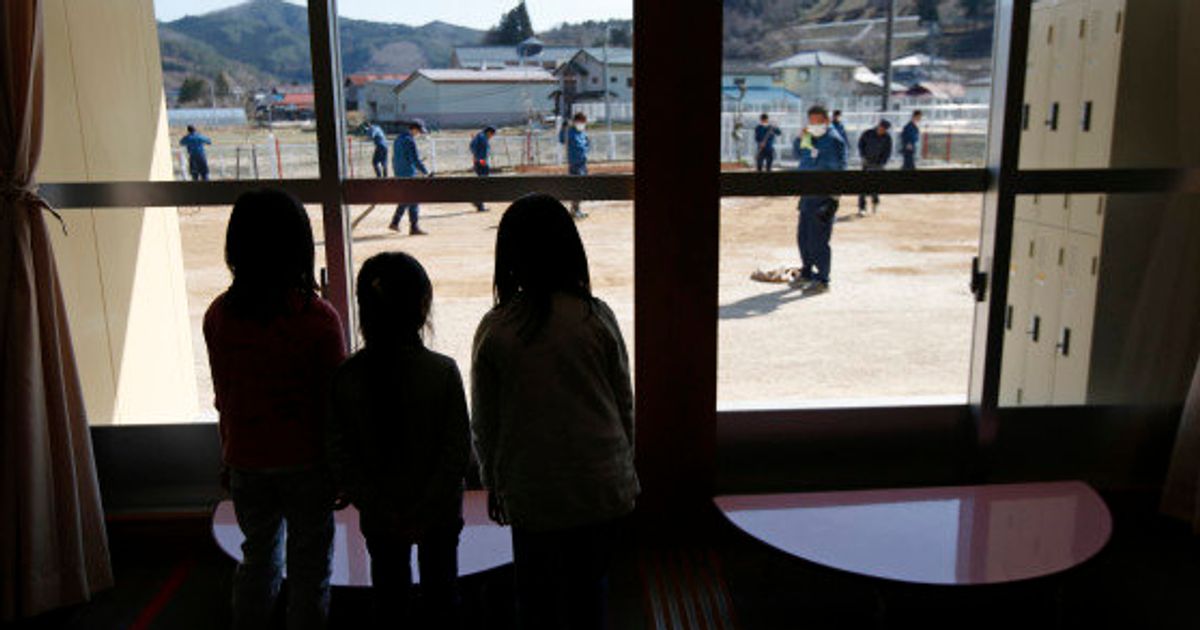What prompts someone to move halfway across the world, to work in a hospital near Fukushima Daiichi Nuclear Power Plant? I can tell you.
It was first, because I didn’t know enough, and secondly, because I wanted to know more.
On March 11, 2011, Japan was struck by an earthquake and tsunami, which triggered a nuclear accident. Four years later and 9,000 kilometers away, it was February 2015, I was a master’s student at the University of Edinburgh, and a guest lecture was about to begin by Japanese researchers on their work in Fukushima.
I knew there had been a nuclear accident in Fukushima. I assumed this had led to dangerous radiation levels and increases in cancers. I had never entertained the thought of visiting.
What happens next could be described as a clash between what I thought I knew and reality.
The researchers gave a series of presentations. They showed us what they had found in Fukushima; there were overwhelmingly low levels of internal and external radiation in residents, and a mass screening of babies and children revealed that none had detectable levels of internal radiation contamination. Yet, other health problems were emerging; in contrast to low levels of radiation, an increased burden of diseases unrelated to radiation, such as diabetes, cardiovascular disease, hypertension and more, was being found. Particular health risks associated with evacuation were highlighted, including evidence that immediate evacuation of the elderly from nursing homes was associated with three times higher mortality risk that non-evacuation. It was presented to us that radiation may not be the biggest problem for Fukushima.
I was surprised. This appeared to be, in fact, the exact opposite of what one may think about Fukushima. This surely was not the Fukushima I had heard of or visualized, and my curiosity was piqued. I talked to the researchers and proposed an idea for further research. They, in turn, invited me to come to Fukushima to write my Master’s dissertation. I agreed.
In May 2015, I first arrived in Fukushima, and began research at Minamisoma Municipal General Hospital. I wrote my master’s dissertation, graduated, and then was offered a full-time job at the hospital, which is where I am today.
There are a lot of things I could write about, that I have learned from Fukushima. Yet one of the most unexpected parts of this experience has been the confrontation between what I thought I knew, and the reality which I found. There were few things in front of me in Fukushima that matched my original expectations, and I was struck by the feeling that I had been unaware of so much. Yet I also realized that the inaccurate ideas I previously held were surprisingly common. This has led me to think more than ever about what it means to ‘know’ something, in terms of both myself and others.
Because really, how do we know things? There’s not one answer.
Talking about knowledge is difficult. Our own feelings and opinions can become what we know. Observations become what we know. The media can be said to be a source for knowledge. Science is a method of knowing.
But what happens when our knowledge does not reflect the reality of a situation? This brings me to the second biggest thing I have learned since coming to Fukushima: the damage of misinformation. Or in other words, how the ideas th



